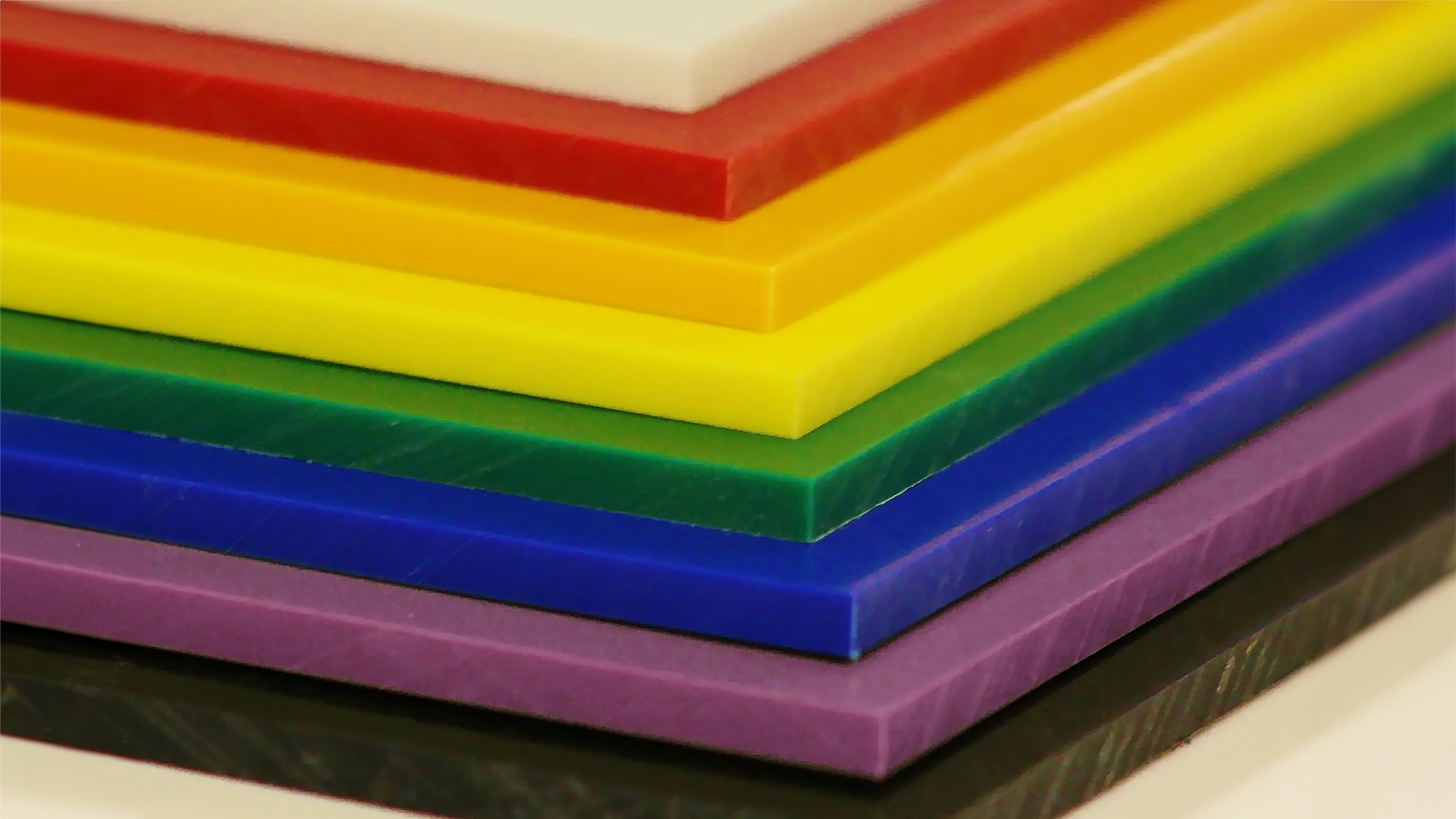
Feed rate, Spindle speed, depth of cut, type of cutter: discover all the tips you need to effectively mill HDPE using your CNC machine.
Quentin Liard
Customer Support

PMMA stands for Polymethyl Methacrylate, which is commonly known as acrylic or Plexiglas. It is a transparent thermoplastic with properties that make it suitable for a variety of applications.
PMMA is a good material for milling purposes, especially when transparency and ease of machining are important considerations.
EVO can cut nicely in PMMA but you'll have to be very careful with the tools and cutting parameters as it is less forgiving than most material .
PMMA has a relatively low melting point, so care must be taken to avoid excessive heat during milling to prevent melting and deformation. Usually this is achieved by increasing feed rate, but as PMMA is quite hard, EVO shouldn't be run too fast in it.
If you get melted plastics, you can also reduce the spindle speed.
We recommend using a 1 flute bit (2 is also ok) to lower the feed rate, and use low depth of cut and/or stepover to be gentle on EVO's axis.
Using an air compressor to remove the chips during milling is also a good idea as the main concern is chips melting and clogging the tool.
Always test with safe parameters and increase them progressively to find the sweet spot for your own setup.
PMMA milling is less forgiving than most material so special care has to be taken when programming your CAM. With some testing you can achieve perfect results on PRO and FAB.
PMMA has a relatively low melting point, so the main concern is to avoid excessive heat during milling. Usually this is achieved by increasing feed rate, but be carefull not to go to fast as PMMA is a hard material.
If you get melted plastics, you can also reduce the spindle speed.
We recommend using a 1 flute bit (2 can also be ok) which have better chip evacuation and to lower the feed rate.
Using an air compressor to remove the chips during milling is also a good idea to clear them and help with tool cooling.
We recommend to test "safe" parameters and increase them progressively to find the sweet spot for your own setup.
You can find here a link to a feed and speed calculator for the most classic materials, and safe values adapted to each of our machines.
MEKANIKA CNC FEED & SPEED CALCULATOR
IMPORTANT NOTE: this is made to help you find parameters for your milling, but you should always think by yourself and enter cutting parameters that are matching your own setup.
Calculating the theorical values in this table is easy, but many parameters in your setup may make them unfit for your case. Always start with low engagement and speed, and test deeper/quicker parameters progressively.
Mekanika is a Belgian company based in Brussels whose ambition is to make local production more accessible thanks to a 100% open-source approach.
We design and produce high quality machines for CNC milling and screen printing, which have been recognized for their reliability and ease of use. Our tools are delivered as kits and fully documented, allowing to easily adapt them to specific needs.
Visit our shop to find out more, or check out our online resources and tutorials to continue learning.

Feed rate, Spindle speed, depth of cut, type of cutter: discover all the tips you need to effectively mill HDPE using your CNC machine.
Quentin Liard
Customer Support

Feed rate, Spindle speed, depth of cut, type of cutter: discover all the tips you need to effectively mill aluminium using your CNC machine.
Quentin Liard
Customer Support

Feed rate, Spindle speed, depth of cut, type of cutter: discover all the tips you need to effectively mill softwoods using your CNC machine.
Quentin Liard
Customer Support